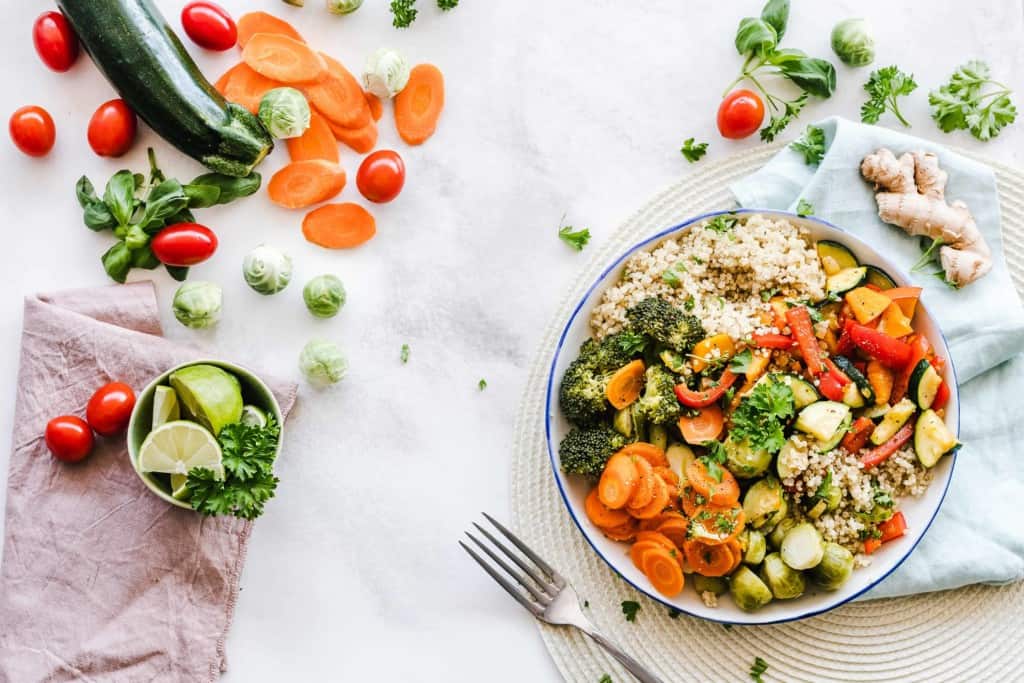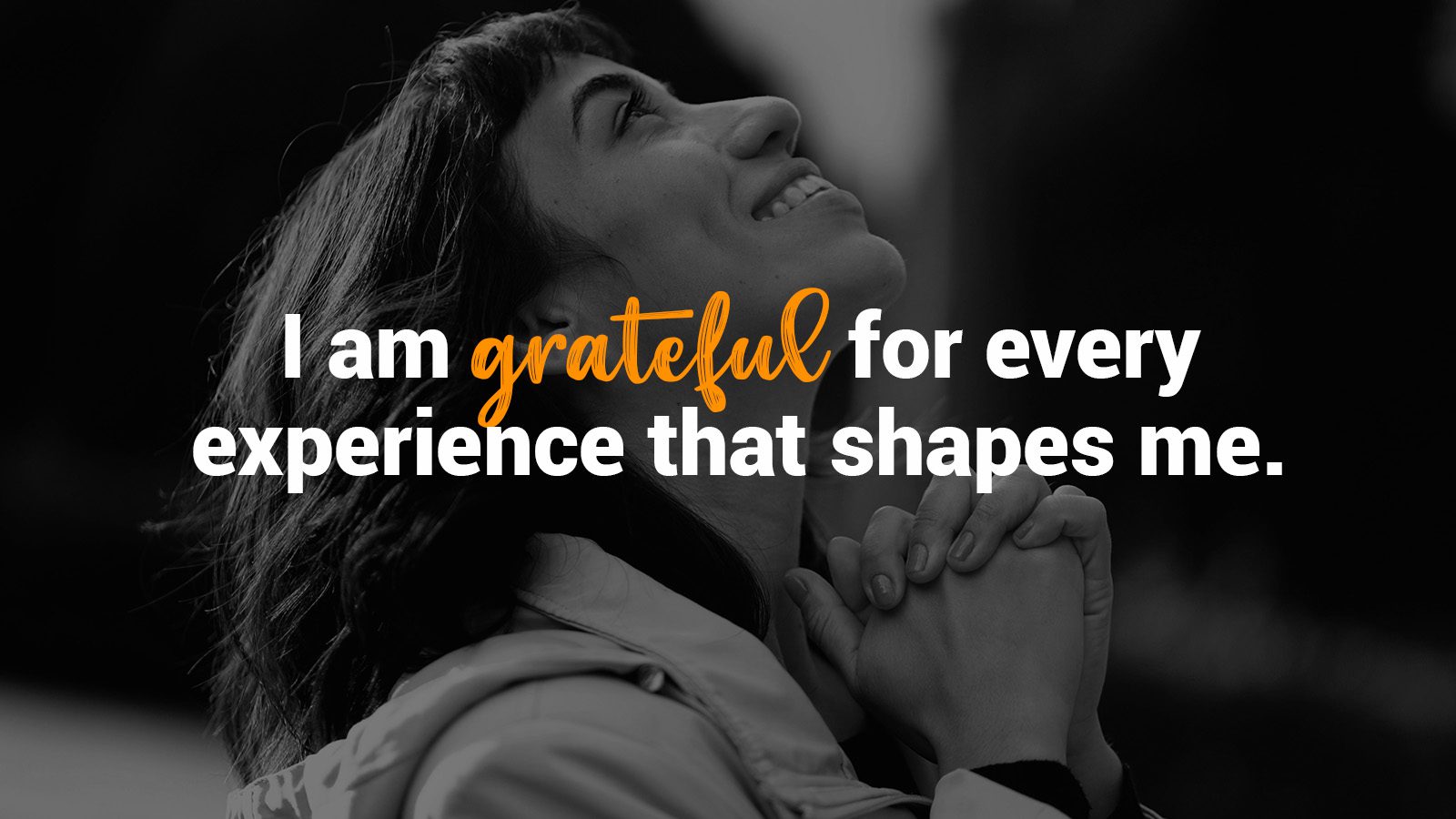The high-fat, low-carb diet that is the keto or ketogenic diet isn’t just a new way to lose weight–it’s a way of life. This style of eating is designed to help you train your body to burn fat as effectively as possible. With multiple benefits like improving your health, performance, and losing weight, many people are hopping aboard the keto train and for good reason.
The Guide to Keto Diet Foods
With keto, dieters can lose excess fat without experiencing hunger. With this guide, you’ll learn more about everything you can and can’t eat during the keto diet.
What is Keto?
The term keto refers to the ketones or small fuel molecules the body produces. These ketones act as an alternative fuel source and are used if one’s blood sugar is lacking in supply.
These ketones are produced when one eats fewer carbs and moderate amounts of a certain protein. On this diet, the liver will produce ketones from fat. During this process, these ketones will help to fuel the body, particularly the brain.
As the brain needs its energy to function properly, it will get the necessary energy from the ketones.
During a ketogenic diet, one’s body switches to burn on a predominantly fat supply. During this diet, one’s insulin level will become low, though fat burning will dramatically increase.
The key reasons this diet focuses on high fat is so that it will be easier to access the body’s fat stores and burn them off.
Along with weight loss, the keto diet offers its followers a steadier supply of energy and less hunger, which helps one to remain focused and alert.
Everything You Should Eat on the Keto Diet
When beginning the keto diet, it’s important that you realize the first rule: avoid eating a significant amount of carbs.
On this diet, it’s important to limit your carb intake to 50 grams or less a day. Ideally, one’s carb intake should be below 20 grams. The lower your carb intake, the faster you’ll reach ketosis and the faster you’ll lose weight.
Meat
Since keto diet foods are those that are high in fat, you may think to choose very fatty meats. However, it’s best to choose grass-fed and organic meats to make this diet as healthy as possible.
Additionally, many keto dieters forego meat altogether as it isn’t a high protein diet. As excess protein will convert to glucose, it’s important to not go overboard with your meat intake.
When choosing your meats, keep in mind that processed meats like cold cuts and sausages often have carbs added into them. Before adding a protein to your keto diet, take a look at its ingredients and to opt for meats that are under 5% carbs.
Seafood and Fish
Fatty seafood like salmon is a great option for the keto diet. When cooking your seafood, try to avoid any breaded fish as this will increase your carb intake.
Keep in mind that the best type of seafood for a keto diet is the wild-caught kind.
Eggs
Eggs are a favorite among keto dieters. Whether you eat them boiled, scrambled, fried, or in an omelet, many keto meals use eggs as the main ingredient.
When buying your eggs, opt for pastured or organic eggs as these are healthier. Anyone new to the keto diet often questions the cholesterol intake of eating so many eggs. According to experts, the daily max for eggs should be 36.
High-Fat, Natural Sauces
As keto is a high-fat diet, most of your calories need to come from fat.
While you’ll get a lot of your fat from eggs, fish, and meat, you can also add fat in when cooking.
Consider using butter, coconut fat, or olive oil when cooking or in salads. Additionally, feel free to eat many high-fat sauces like garlic butter or Bearnaise sauce. Ideally, you should make your own sauces to ensure they don’t contain any unnecessary additives.
Above Ground Vegetables
Whether you choose fresh or frozen above-ground vegetables, these choices are going to be your best bet when it comes to avoiding carbs and getting in your vitamins and nutrients.
Thes above-ground vegetables have fewer carbs and tend to be on the leafier and greener side. Veggies like lettuce, spinach, asparagus, eggplant, bell peppers, broccoli, green beans, and similar above-ground veggies offer the fewest carbs per 100 grams.
High-Fat Dairy
Dairy is another way to stock up on your good fats. Items like high-fat cheese and butter are all solid choices that can be used in cooking to make your keto meals.
Thinking of adding drinking milk to your diet? Keto experts warn against drinking dairy as its sugar content can add up and cause your carb intake to skyrocket. Keto dieters that like to add dairy to their coffee can do so sparingly.
However, avoid low-fat yogurt products as they tend to contain a significant amount of added sugars.
Nuts
Nuts can be eaten in moderation on the keto diet. However, it’s important to avoid snacking on these nuts too frequently as it’s easy to eat these when you’re not hungry.
Additionally, be sure to choose your nuts wisely. Nuts like cashews and pistachios tend to be high carb options. Instead, choose nuts like pecans, macadamia, and almonds.
Berries
Other keto diet foods that are okay in moderation are berries. If you want to add berries to your keto diet, consider doing so for dessert. When eaten with whipping cream, berries are a delicious keto treat.
Berries like strawberries, blackberries, raspberries, and blueberries are all great options.
What to Drink on the Keto Diet
When considering what to drink on the keto diet, keep in mind that you should avoid carbs as much as possible. As mentioned earlier, drinks that are excessively sweet will boost your carb intake as the sugars will convert to carbs.
Water
As the source of life, water is your #1 option for the keto diet. Whether you drink it with ice, sparkling, flat, or with natural flavorings, drinking the required amount of water a day is something that is incredibly important on the keto diet.
If you ever experience the keto flu (headaches or flu-like symptoms), drink water with a bit of salt added to it.
Coffee
When drinking coffee, avoid all sugar. If you need to add in a bit of cream or milk, this is fine as well. For a boost of energy, stir in some coconut oil and butter to make “Bulletproof coffee”.
If you start drinking fatty coffee and notice a stall in your weight loss, it’s time to go back to black.
Tea
As tea is mostly water, it’s a great option when on the keto diet. Whether you drink mint, herbal, green, black, or most other teas, you should be perfectly fine. However, avoid adding sugar to make sure your teas are as keto-friendly as possible.
Bone Broth
The satisfying and nourishing liquid that is bone broth makes for a great beverage filled with electrolytes and nutrients. Simple to make, add in some extra energy by mixing butter with your bone broth.
Foods for Special Occasions
As with any other diet, to see your desired result, you must be consistent. However, a cheat meal every now and then doesn’t hurt.
Alcohol
On special occasions, feel free to drink alcohol. It’s best to avoid any sugary drinks, so try dry wines like dry white wine or regular red, vodka, brandy, whiskey, champagne, or sugarless cocktails.
Chocolate
Chocolates that have cocoa content above 70% are safe to eat on occasion when following the keto diet. If you are a fan of gourmet chocolate, consider the 85% kind over berries and heavy whipping cream. While you can take in chocolate every now and then, avoid milk chocolate and white chocolate.
What to Avoid on the Keto Diet
The keto diet isn’t as limiting as many people think. However, in order to make the most of this diet, it’s important to know what to avoid.
Fruits and Vegetables
Fruits that overly sweet are on the “no” list for keto dieters. These fruits include oranges, watermelon, grapes, bananas, apples, pineapple, cherries, lemons, plums, mangoes, grapefruits and the like. With vegetables, it’s important to avoid those with roots like potatoes, yams, carrots, beets, turnips, yuca and parsnips.
Grains, Legumes, and Starches
Grain foods like pasta, bread, cereal, oatmeal, pizza, flour, muesli, bagels, millet, buckwheat, corn, quinoa, and the like are all to be avoided on this diet. Legumes like kidney beans, navy beans, chickpeas, peas, soybeans, black beans, and lentils must be avoided too.
Sweets, Alcohol, Oil, and Low-Fat Dairy
Any sweets like desserts, sweetened sauces, or sweetened drinks are not part of the keto diet. Additionally, oils like canola, peanut, grapeseed, sunflower, sesame, and soybean should be left out as well,
Alcohol and low-fat dairy items should be avoided but can be consumed on occasion.
Final Thoughts on Keto Diet Foods
While keto diet foods can seem particularly restrictive, once you get the hang of learning what foods are high in carbs and which are not, you’ll have an easier time of navigating your new diet. The best thing about keto diet foods is that you needn’t go hungry or eat tasteless meals.
With the right foods and the best recipes, you can enjoy eating keto diet foods as much as you did when eating non-keto. If you’re ready to try keto for yourself, keep this guide in mind as you learn what keto diet foods to eat and what to avoid















